ARTICLES
Advance Search
Aquatic Health
Aquatic Health, Fitness & Safety
Around the Internet
Aquatic Culture
Aquatic Technology
Artful Endeavors
Celebrity Corner
Life Aquatic
Must-See Watershapes
People with Cameras
Watershapes in the Headlines
Art/Architectural History
Book & Media Reviews
Commentaries, Interviews & Profiles
Concrete Science
Environment
Fountains
Geotechnical
Join the Dialogue
Landscape, Plants, Hardscape & Decks
Lighter Side
Ripples
Test Your Knowledge
The Aquatic Quiz
Other Waterfeatures (from birdbaths to lakes)
Outdoor Living, Fire Features, Amenities & Lighting
Plants
Ponds, Streams & Waterfalls
Pools & Spas
Professional Watershaping
Structures (Editor's Notes)
Travelogues & History
Water Chemistry
WaterShapes TV
WaterShapes World Blog
Web Links
Around the Internet
Aquatic Culture
Aquatic Technology
Artful Endeavors
Celebrity Corner
Life Aquatic
Must-See Watershapes
People with Cameras
Watershapes in the Headlines
If you ask my employees and manage to get an unguarded response, they’ll tell you that I’m an unrelenting pain in the neck – a real tyrant. That’s because I’m always asking nagging sorts of questions such as, “Why isn’t this project finished yet?” or “How much longer is this going to take?” or “Can you speed things up?” My point in asking, of course, is to let them know on some level that if I were on site and was responsible for what was happening, we’d already be
For all the technical savvy, design sophistication and overall smarts demanded of those who reach for the heights in the aquatic arts, I’m often reminded that, at its core, watershaping is largely about fun and enjoyment. For years now, that message has come through in any number of ways in these pages. Take the columns of Brian Van Bower: Just about every month, he does an amazing job of persuading us that watershaping is really about good times and the pursuit of the good life. And he’s not alone in repeatedly driving home the point that
The numbers are eye-popping: Just about one percent of all the water on Planet Earth exists as fresh water suitable for human consumption. And depending on where you live in the United States, anywhere from a quarter to almost half of that precious resource
Interview by Lenny Giteck Veteran readers of WaterShapes will recognize the name Mike Farley as the author of "Book Notes," the magazine's long-running and highly popular book review column. For the past decade, Mike has brought a world of useful material to
Some people say there are unattractive things we just can't avoid in installing our watershapes, including the visual intrusions provided by junction boxes, drain covers, skimmer lids, deck drains, pool cover key switches, spa-side remotes and all sorts of other things I refer to as "architectural uglies." Personally (and I know I'm not alone), I've never been satisfied
For the past several years, a number of people in the swimming pool industry have debated whether saltwater has a detrimental effect on concrete and, in some cases, on stone decks. As one who has worked extensively with saltwater chlorination systems, I've studied this issue in depth in
In pool-remodeling work, it's very common to raise a bond beam to meet the needs of a new deck or edge detail — or simply to make the pool level again. As ordinary a step as this may seem, it can be trickier than you might think because, in applying
If you're looking for a destination that includes, all in one place, several of the most enduring and influential watershapes of all time, you couldn't go wrong in visiting Villa d'Este — without question one of the
Concrete is an utterly amazing material, but it's so widely used — so pervasive in our world — that it's easy for the average person to take it for granted and barely give it a second thought. As watershapers, of course, we don't have the luxury of












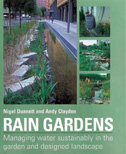

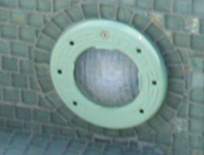
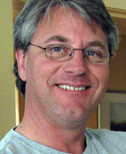
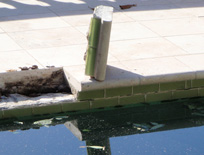
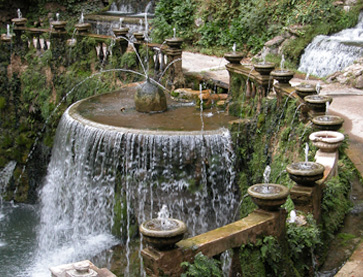




Premium Pages